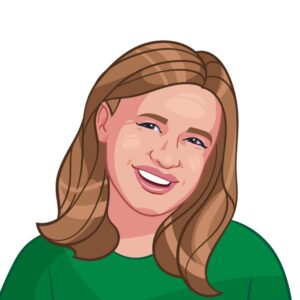What's the best time to visit Iran?
The best time to visit Iran is in spring (March–May) when the weather is pleasant for travelers. It’s a popular season, especially among foreigners. Spring is ideal for climbing, exploring warmer places like Yazd and Persepolis, and visiting cities like Mashhad, Isfahan, and Tehran.
However, during the Nowruz festival, many businesses may be closed. Don’t miss the Kashan Rose Water Festival and the lively celebrations of “Red Wednesday” (Chaharshanbeh Suri) and Sizdeh Bedar in spring.
Iran is a land with rich traditions and ancient culture worthy of being on your radar, but what exactly makes this country appealing?
What’s more, what is the best time to visit Iran? What about the worst, cheapest, and least busy times? After all, knowing when to visit is key to ensuring you have a smooth trip.
Find out all you need to know about Iran’s low and high seasons in our detailed guide. We can assist you in choosing the best dates for your potential Iranian itinerary, as well as arm you with the necessary travel tips to make sure your stay is as safe as possible.
Let us start, then!
The Best Time to Visit Iran in 2025
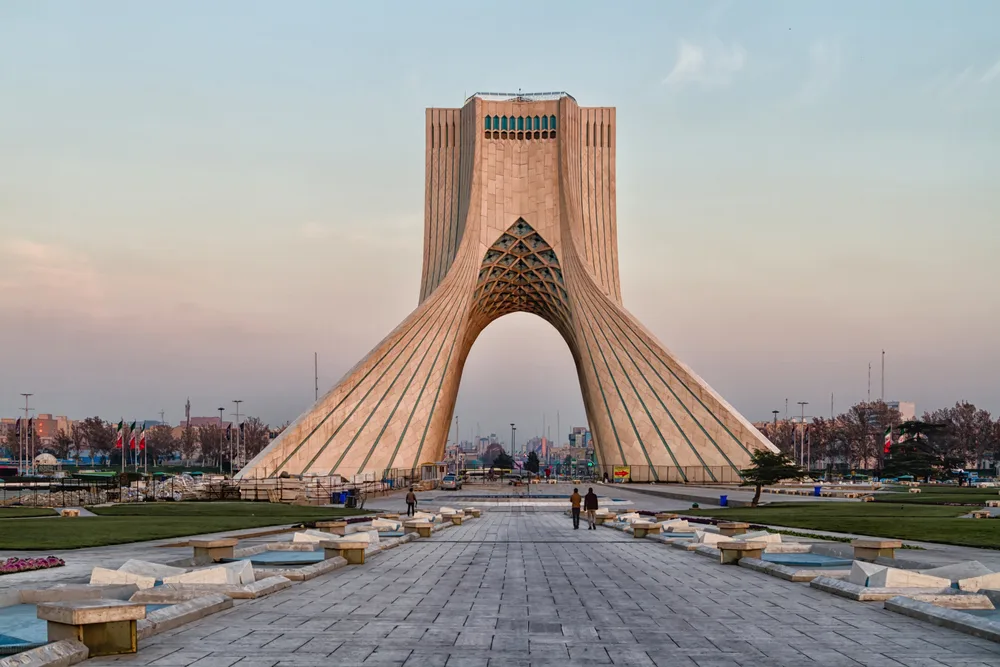
TEHRAN, IRAN – NOVEMBER 25, 2016: View of the Azadi Tower in the light of the setting sun. The tower is one of the symbols of the city and Azadi Square most visited place by tourist/Milosz Maslanka/Shutterstock
Overall, the best time to visit Iran for good weather is in the spring, from March until May. It’s neither too cold nor too warm, making the season a popular time to visit, especially for foreigners who’ve had Iran on their bucket list.
Spring climbing is best done on the routes from Neor to Subatan and Tarem to Masuleh. The weather is in your favor if you wish to visit warmer places such as Yazd or Persepolis.
Mashhad, Isfahan, and Tehran should also be visited at this time, as the nights are pleasant, and the daytime temperatures are tolerable. If you visit in spring, you must join the Nowruz traditional festival.
Celebrating the Persian New Year, Nowruz is a busy time, but do note that many businesses are closed for the festivities.
To add a floral touch to your Iranian itinerary, consider the Kashan Rose Water Festival, drawing in both locals and visitors to honor the famous fragrant harvest.
Be on the lookout for “Red Wednesday,” or Chaharshanbeh Suri, featuring dancing, singing, and even jumping over fire! Sizdeh Bedar sees parks become filled with families and friends engaging in games, eating kebab, drinking tea, and so on.
Cheapest Time to Visit Iran
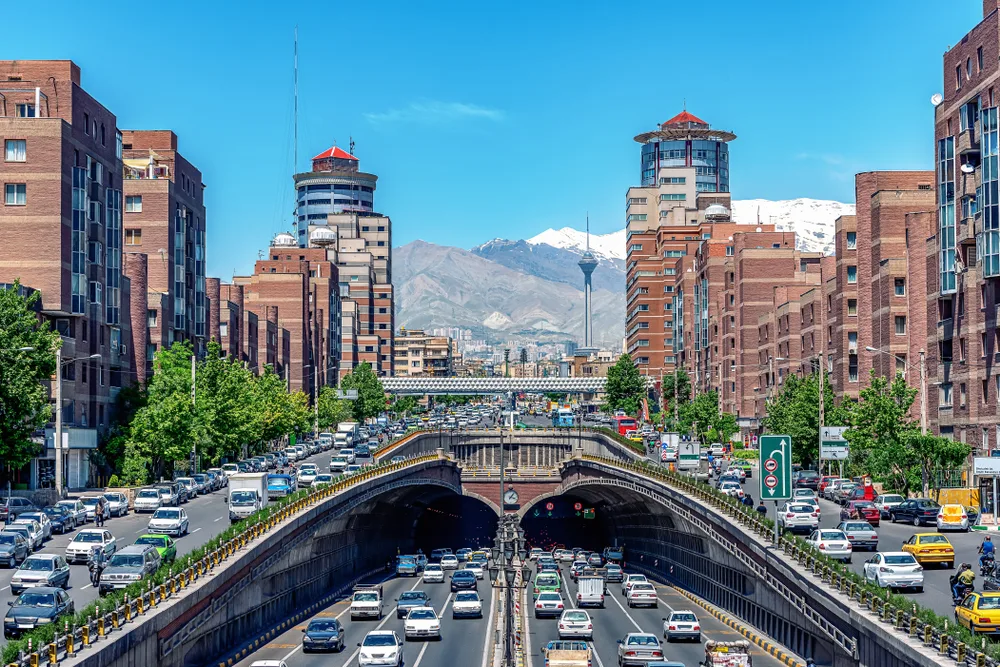
Leshiy985/Shutterstock
The cheapest time to visit Iran is during the country’s low season, which runs from June until August. The main benefits are affordable airfare tickets and discounted hotel rates, making Iran’s summer season ideal for travelers wanting to go easy on their wallets.
That said, Iran’s summers are the low season for a reason — they get quite hot and dry, so exploring the country may be somewhat problematic, especially for Westerners because they’re expected to also blend in with locals clothes-wise (more about that in a minute).
On the other hand, the coastal region (Caspian Sea) sees much more pleasant temperatures than other areas in the country, so heading there might make your trip more bearable weather-wise.
Tabriz, Yazd, and Kerman are also said to be pleasant, but if you go sightseeing, do it early in the day or late in the afternoon. Many also decide to go trekking in the Alborz mountains to cool off and escape the summer heat, even briefly.
Summer is said to be great for hiking on Sablan, Damavand, and Tochal.
Finally, note that even though summer is the least expensive period to visit Iran, this season is also busy with locals taking advantage of the summer holidays, so make sure to book your stay well in advance.
Least Busy Time to Visit Iran
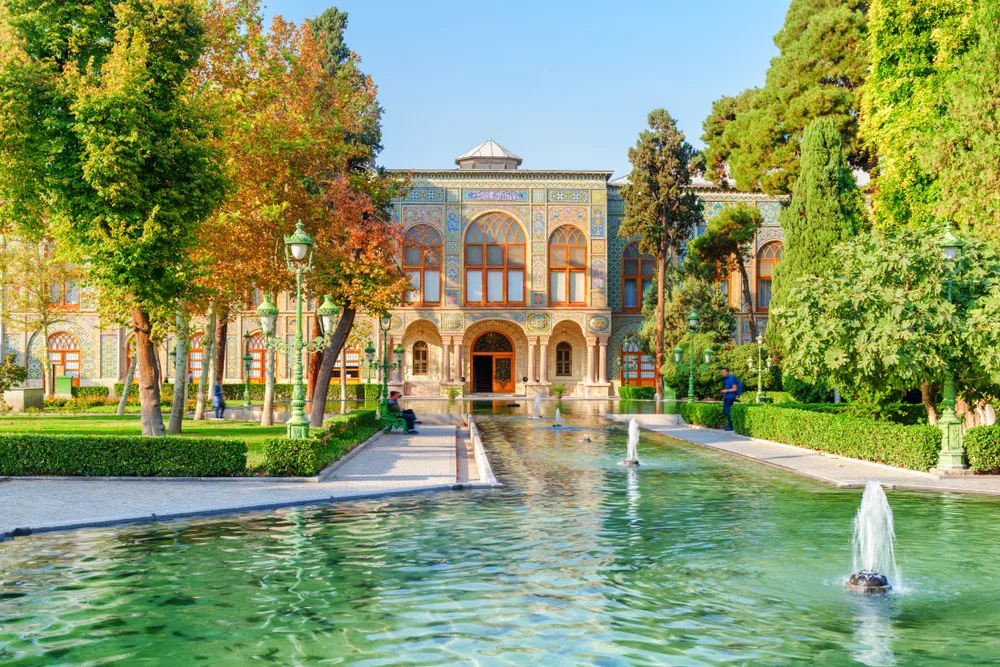
Efired/Shutterstock
The least busy time to head to Iran is during the country’s shoulder season, in September or October. Crowds dwindle, peak season chaos comes to a halt, and both foreigners and locals can enjoy exploring Iran in a more tranquil manner.
For this time of the year, we suggest checking out the Tabiz Blue Mosque, the Shiraz Gardens, the Sahand volcano, or simply wandering Tehran.
September and October are also ideal for an adventure in the desert, but try and stick to guided tours. If you wish to climb, nice fall routes include Asalem to Khalkhal and Soha to Laton.
September is also known for the celebration of Ashura. One of the most memorable religious events, Ashura honors the death of Iman Husein. Mid-October sees the celebration of Saffron Harvest, the world’s priciest spice.
If you wish to show your gratitude and express the love you have for the people in your life, mark your calendar for the festival of Mehr (Mehregan) in October.
Worst Time to Visit Iran
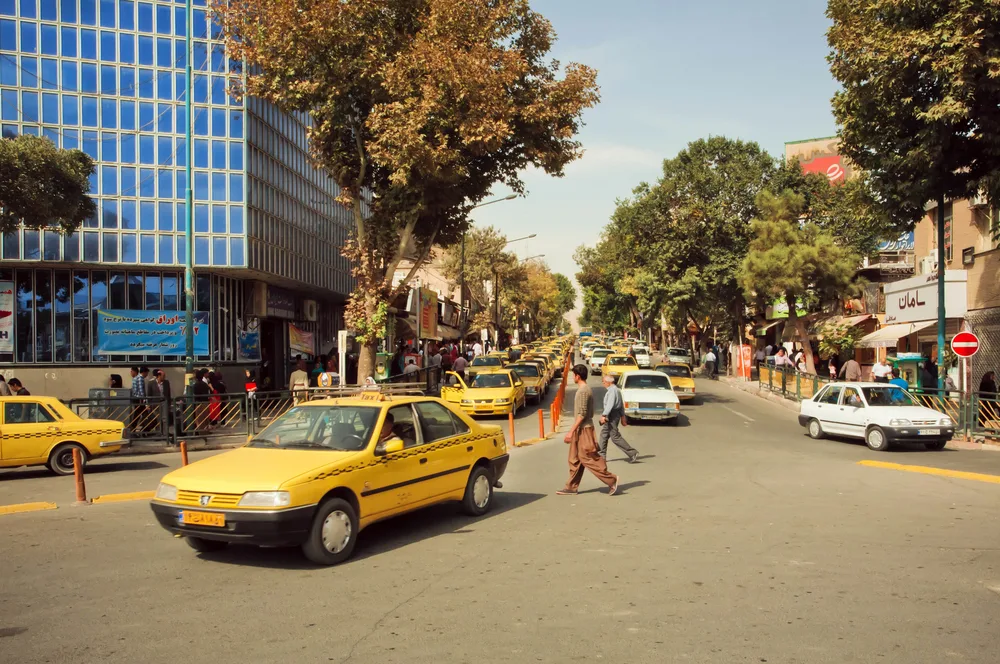
SANANDAJ, IRAN – OCT 9: People walking on street road with line of taxi cars of yellow color on October 9, 2014. Capital of Kurdish culture & Kurdistan Province, Sanandaj has population of 380,000/Radiokafka/Shutterstock
The worst time to visit Iran is in winter (November–February). Snow-blocked roads, heavy rainfall, and colder temperatures don’t sound fun, but if you wish to experience Iran’s winter magic, by all means, go for it.
Skiing is available at Shemshak, Dizin Ski Resort, and Tochal. If winter sports aren’t your jam, head to the southern areas, such as Kish and Chabahar, to avoid the winter climate.
Note that climbing in winter isn’t advisable due to the harsh weather conditions — it’s not impossible, but it does require the necessary equipment, skills, and physique.
Also, if you visit Iran in winter, try joining the Yalda Festival, or Shab-e Chellah. Celebrating the winter solstice, this festival is all about uniting families, reciting poetry, and hearing old stories. Can you think of a warmer cultural experience than this one in the midst of an Iranian winter?
February visitors should join the celebrations linked to Sepandarmazgan, a day of Love, Friendship, and Earth in old Persian culture.
Things to Consider

Shiraz, Iran – December 24, 2015: Traditional iranian carpets shop in Vakil Bazaar, Shiraz, Iran. Vakil Bazaar is the most important tourist attraction in Shiraz, Iran/Mazur Travel/Shutterstock
Iran isn’t your typical getaway, and as such, it requires you to get as much information as you can — so, besides knowing when to visit Iran, here are some extra things worth considering :
- If you’re an American citizen, you’re required to obtain a visa to enter Iran. That said, it’s possible to arrive with a valid visa and still be denied entrance for no obvious reasons.
- Most international bank cards aren’t accepted due to US sanctions. This means that you have to rely on cash most of the time.
- The country has one of the world’s worst internet censorship — most platforms, such as YouTube, Facebook, and Twitter, are blocked by the Iranian government and the IRGC (Islamic Revolutionary Guard Corps)
- Summers can be quite uncomfortable weather-wise, as the scorching temperatures are very intense — plus, no visitors are allowed to wear shorts or t-shirts, and women are expected to follow hijab rules.
- Thursdays and Fridays are the weekend in Iran, whereas Saturdays and Sundays are regular working days.
- Hugging and kissing in public isn’t considered acceptable behavior.
- Giving a thumbs-up is perceived as rude — it’s the equivalent of giving someone the middle finger in Western societies.
- It’s common for locals to refuse to accept payment for a service they’ve provided (a gesture known as ta’arof). If you insist and they refuse several times, they’ll likely end up accepting your money, though.
- Alcohol is banned in Iran. That said, although people find ways to obtain it, as it’s being smuggled from other countries, we don’t advise travelers to engage in illegal behavior.
- Locals are said to be very welcoming and friendly.
- If you’re not planning on joining major festivals/events, we suggest that you avoid coming to Iran at this time, as prices skyrocket, crowds multiply, and sometimes even different rules and laws apply. For instance, during the Nowruz celebration, many businesses close, which may affect your itinerary plans.
- If you visit during Ramadan, note that drinking or eating in public between sunrise and sunset is strictly forbidden. That said, certain restaurants may provide foreigners with food/drinks, but don’t rely on it too heavily. Eating in private is fine.
So, What’s the Best Time to Visit Iran?
| 👍 Best Time to Visit | March to May |
| 💲 Cheapest Time to Visit | June to August |
| 🗓️ Least Busy Time to Visit | September to October |
| 👎 Worst Time to Visit | November to February |
The best time to visit Iran is in spring (March–May). The days are comfortable and the nights pleasant, allowing travelers to make the most out of their stay.
On the whole, Iran is one of those special countries you can head to whenever you feel like it. Also, following our tips and suggestions will make sure your Iranian getaway is one to memorize forever. Happy travels!

